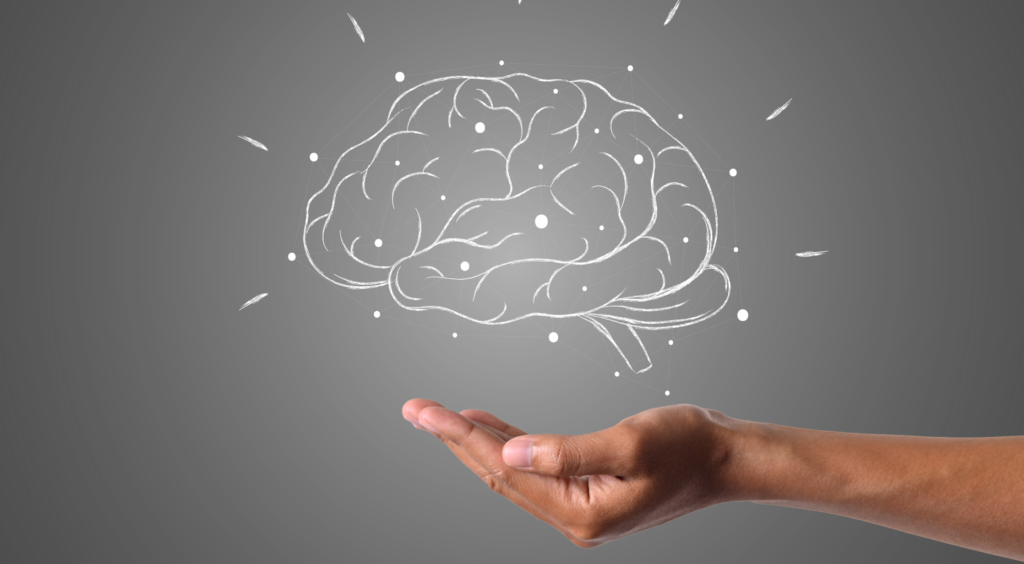In today’s educational system, there is a wide variety of learning methodologies aimed at increasing students’ knowledge through diverse strategies. In this post, we will explore how to enhance the implicit and explicit learning of our students. To do this, we will analyse their differences and real examples of application in the classroom.
If you are interested in the wide variety of learning methodologies available today, we recommend you read these other articles on Problem-Based Learning, Emotional Learning, or Cooperative Learning.
How much do you know about implicit and explicit learning? Find out in this post!
Learning: A multifaceted process
If there is one thing that is clear, it is that learning has many faces, and there is no single strategy that works when it comes to improving students’ knowledge acquisition process. Therefore, today’s post focuses on understanding what implicit and explicit learning are, addressing the advantages of each, and the impact they have on students’ academic development.
Both types of learning are essential for our students and have characteristics worth knowing to ensure we establish the best strategies and practices to integrate them into our teaching.
Everything you need to know about implicit learning
Implicit learning occurs unconsciously and naturally, as there is no intention to learn; it happens without the deliberate intention of acquiring knowledge.
Some key characteristics of implicit learning are as follows:
- It is involuntary and unconscious: students are not fully aware that they are acquiring this knowledge.
- It tends to be automated: knowledge acquired through implicit learning often becomes automated tasks performed without apparent conscious effort. We are talking about skills like walking or speaking in our native language.
- Importance of the environment: in the acquisition of knowledge through implicit learning, the environment is very important, as it is through continued exposure to the environment that patterns and behaviours are acquired.
- More enduring knowledge: what our students learn through implicit learning tends to be more enduring, as it is a type of knowledge that becomes automated and lasts long-term.
Some examples of implicit learning are as follows:
- Acquiring the mother tongue: thanks to constant exposure to the native language, children acquire the ability to communicate with minimal effort.
- Skills like riding a bicycle: the saying that you never forget how to ride a bicycle is true, as it is a skill that becomes automated and lasts.
- Instruments: activities like playing an instrument become repetitive actions that we then perform with minimal effort.
Everything you need to know about explicit learning
When it comes to explicit learning, it occurs consciously, as there is an intention to acquire knowledge; it is a type of deliberate learning. This is the type of learning we most recognize in the classroom since it is usually based on direct instruction of content to students.
Some key characteristics of explicit learning are as follows:
- It is conscious: when we talk about explicit learning, we refer to a learning process where students are aware that they are acquiring knowledge, and there is a clear intention to learn.
- Direct instruction and study techniques: as mentioned earlier, explicit learning involves direct instruction, where knowledge is explained, and students can consolidate it using study techniques such as making outlines, engaging in practical activities, or taking notes.
- Evaluation: a characteristic of explicit learning is that there are usually evaluation processes, which provide feedback on the knowledge acquired by students. These can be tests, exams, oral presentations, etc.
Some examples of explicit learning are as follows:
- Theoretical classes: the teacher explains concepts for students to take notes and acquire this knowledge.
- Completing assignments: these allow students to research various concepts and present tasks that demonstrate their understanding of the concepts.
Strategies to develop implicit and explicit learning in your students in the classroom
Now that you understand the differences between implicit and explicit learning, how can we foster these two types of learning in our students in the classroom? Here are some ideas:
To develop implicit learning, you can do the following:
- Game-Based Learning: A great way for your students to learn without being fully aware that they are learning is by integrating games and gamified activities in class. This way, your students will focus on the game itself and acquire knowledge indirectly.
Some examples of games include:
- Board games
- Role-playing games
- Online games
- Escape rooms
- Outdoor games
Do not forget to record the different games you play in class as activities in your Additio App evaluation notebook. If needed, you can use non-numeric evaluation types, such as icons or text comments.
- Practical Experiences: You can organise field trips or excursions, exposing your students to new environments that encourage implicit learning. For example, why not take a trip to the forest if you are teaching about different types of trees and plants in class? Or you could visit the market to review mathematical concepts, allowing your students to learn indirectly about the calculations involved when shopping at the market.
- Hands-On Workshops: Sometimes, learning by doing is more effective. You can organise workshops where your students can apply different knowledge. For example, in Language and Literature, you can organise a workshop to create the school newspaper. Or in Computer Science class, you can conduct a workshop to create a school blog.
To develop explicit learning, you can do the following (beyond direct instruction classes):
- Quizzes to Evaluate Acquired Knowledge: Introducing small quizzes and interactive tests, such as those in Additio App, into the daily classroom routine allows you to assess whether students are acquiring the necessary knowledge and provide them with feedback. Additionally, the use of technology in the classroom is a motivating factor that often sparks interest in the subject.
- Self-assessment and Peer assessment tasks: Another way to develop explicit learning in your students is by having them evaluate themselves and their classmates. This will enhance their critical thinking and make them more aware of the knowledge they and their peers should have acquired. With tools like the self-assessment and peer-assessment rubrics in Additio App, it will be very easy to implement this!
- Use of multimedia resources: Using resources such as presentations, videos, mind maps, etc., helps your students acquire knowledge in ways other than simple instruction. You can rely on these resources to improve your students’ learning. If needed, you can link these resources to your class planning in Additio App, so you always have them with you!
Did you know the differences between implicit and explicit learning?
Now you know that even though both types of learning have different characteristics, it is important to apply both to ensure the optimal academic development of your students.
Do you have examples of how you use them in your subjects? Tell us on social media: Facebook, Twitter, Instagram and Youtube.
Remember that with the Additio Starter plan, you can use the various features we’ve mentioned throughout the post, completely free!
See you next time!





